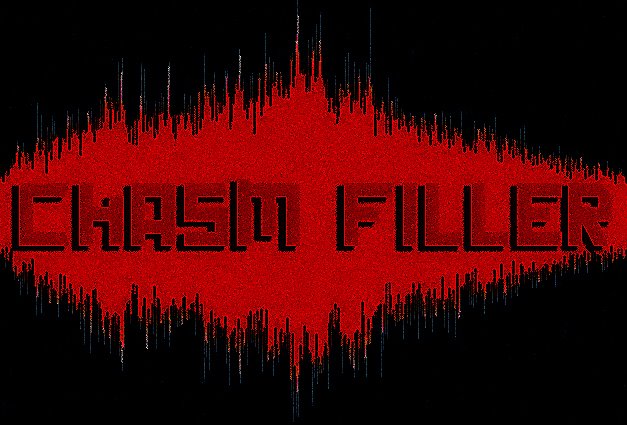
For Howard. My favorite Ayers.
"Melancholic and reflective, Kevin Ayers' third solo effort, Whatevershebringswesing (this time sans the Whole World as a collective), finds the ultimate underachiever languishing in a realm of ballads, free (for the most part) from the façade and pretensions of prog rock that plagued the previous project. Released in January 1972, Whatevershebringswesing was Ayers' most commercially accessible album to date. The opening track, the "There Is Loving" suite, was both apropos and deceptive. The song picks up nicely from the previous album, linked by its Soft Machine/prog rock sound and fronting the lyrics from the single "Butterfly Dance"; however, for the very same reason, this was a deceptive opener for an album that was far removed from the prog subgenre.In the interim between Shooting at the Moon and Whatever, Ayers gigged with his friend Daevid Allen's band, Gong, on a European tour, the results of which can be heard on the phenomenal Peel session recording Pre-Modern Wireless. Afterward, Ayers plucked saxophonist Didier Malherbe out of Gong momentarily to supplement the sound on his next album. The perfect substitute for Lol Coxhill, Malherbe and flute are a standout on the opener, "There Is Loving," with moving orchestral arrangements by Dave Bedford on the "Among Us" midsection. Initially released as a single, the album's highlight and concert staple, "Stranger in Blue Suede Shoes," is classic Ayers. While many outstanding guitarists have ripped up this grooving, occasionally aggressive blues/pop riff, Ayers himself laid down the guitar and piano tracks on this maiden recording. In line with Ayers' most appealing, successful compositions, "Stranger" and the majority of cuts on Whatever are uncomplicated and frank, allowing the listener to immediately step inside. Ayers' tunes may be light and semisweet, but he doesn't beat around the bush. "Oh My" and "Champagne Cowboy Blues" are exquisite examples of Ayers' ability to immediately pull in the listener via his lighthearted, slightly skewed approach. "Champagne" features the signature Mike Oldfield sound/style that would soon sell millions of records for him as a solo artist. Noteworthy are "Song From the Bottom of a Well" and "Lullaby." Intoned with darkness and foreboding, "Well" harks back to Soft Machine's "Why Are We Sleeping?" and foreshadows Ayers' Dr. Dream album, particularly "It Begins With a Blessing." But like much of the experimental material on his previous release, "Well" just doesn't build up to anything of substance. And the instrumental "Lullaby" (appropriately titled) closes the album on an odd note. Reminiscent of King Crimson's "Cadence and Cascade" (from In the Wake of Poseidon) and highlighted by Malherbe's fluid flute, "Lullaby" is an early example of new age ambience, complete with running brook in the background. Whatevershebringswesing falls short of the ambitious peaks found on Ayers' previous record; however, the material is much more consistent, focused, and devoid of that album's pitfalls. Ayers sounds comfortable and in his true element on Whatever, but like much of his post-'70s output, the compositions lack challenge. Whatevershebringswesing has often been cited as Ayers' magnum opus, but the term should be reserved for his follow-up, Bananamour, or even The Confessions of Dr. Dream." -David Ross Smith
Sing it from the well



yes! motivaste.
ReplyDeleteEsto está luscious...
ReplyDeleteIndeed.
ReplyDelete